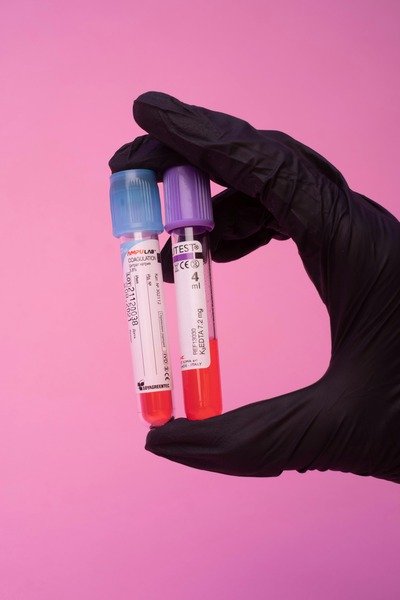Recovering from serious health setbacks takes time and specialized care. Rehabilitation centers are designed to help people who need to rebuild their strength, relearn skills, or find new ways of doing things after health challenges. The time it takes for someone to recover in a rehab center depends on their specific situation and needs. This article will discuss what can affect recovery times and how to manage expectations through the process of rehabilitation.
Type of Condition or Injury
The condition or injury being treated is one of the key factors that impact how long someone may stay in a rehabilitation center. Different conditions have different recovery trajectories. For instance:
-
Patients who’ve had joint replacement surgery may need several weeks to a few months of rehab.
-
Stroke survivors could require months, even more than a year, of rehabilitation to regain as much independence as possible.
-
Individuals recovering from injuries such as fractures or muscle tears might spend weeks or sometimes months, in rehab depending on how severe their injuries are.
Factors Influencing Recovery Time
Many aspects of a patient’s life and health can influence how quickly they may recover. These factors include:
-
Age and general health: Younger, healthier individuals tend to recover more quickly than older adults or those with chronic health conditions.
-
Quality of care: Consistent, high-quality rehabilitation can help speed up recovery.
-
Support systems: Encouragement and help from family and friends can make a positive difference in recovery time.
Rehabilitation Programs and Therapies
Rehab centers offer customized programs to help patients get back on their feet. These might include several different types of therapy specific to the patient’s needs, like:
Typical Recovery Timelines
The kind of therapy and the time spent in rehabilitation can differ greatly from person to person. Some common expectations for certain conditions are:
-
For surgeries like hip or knee replacements, rehab might last from a week up to a month, typically followed by outpatient therapy for several months.
-
Patients with more serious conditions like severe neurological issues might need inpatient rehab for a good few weeks or months, with continued outpatient treatment.
Patient Progress and Evaluation
Regular check-ins and evaluations during rehab help the medical team figure out how the patient is doing and make any needed changes to the treatment plan. This helps each patient receive care that’s just right for their personal recovery.
Transitioning to Home or Long-Term Care
As rehab progresses, the goal is often for patients to move back home or to another long-term care setting. Here, they might continue to receive support such as home care services, which helps maintain the progress they’ve made in rehab.
Moving from a rehab facility to home care comes with its own set of challenges and considerations:
-
Making changes at home for safety, like installing grab bars in the bathroom.
-
Keeping up with regular therapy sessions to help continue recovery at home.
-
Depending on support from family or skilled caregivers to assist with daily tasks.
Personalizing the Recovery Journey
Rehabilitation should be personalized to fit each individual’s specific needs and goals. It’s all about finding what works best for them and updating plans as they improve or face new challenges.
Setting Realistic Expectations
Understanding realistic timeframes for recovery can help patients and their families stay positive and motivated. It is crucial not to rush the healing process and respect the body’s need for time to heal.
Support Systems and Resources
A strong network of support, including friends, family, and professional healthcare providers, is essential to a patient’s recovery. Local resources, such as a rehabilitation center in Nashua NH, can play a vital role by providing specialized treatment and support.
Monitoring and Adapting to Changes
Adapting to change is a normal part of rehabilitation. The healthcare team will need to adjust treatment plans as they monitor the patient’s response to therapy.
Adapting Recovery Plans
Changes in medical conditions, response to therapy, and life events can all require adjustments to a patient’s rehabilitation plan:
-
Any changes in health or medical status might necessitate a shift in treatment focus.
-
How a person responds to therapy could lead to increases or decreases in the intensity of their rehab program.
-
Life events, like a move or a change in caregiver, may affect the rehabilitation schedule.
Long-Term Recovery and Well-being
Rehabilitation doesn’t end when a patient leaves the rehab facility. Lasting health and wellness depend on continued care and managing one’s health proactively. That’s where support organizations like Harbor Care become important as they provide ongoing assistance and resources.
Staying healthy after rehab involves staying active, eating well, and keeping up with medical appointments. It’s also beneficial to connect with other people who have had similar experiences and can provide support and encouragement.
To End
Every person’s recovery time in a rehab center will be different because each injury, surgery, or condition is unique. Many factors such as the type of medical issue, the therapies used, the individual’s overall health, and the support they receive all play significant roles in the healing process. With the right care, support, and patience, recovery, while sometimes a long journey, can lead to a successful return to daily life.


